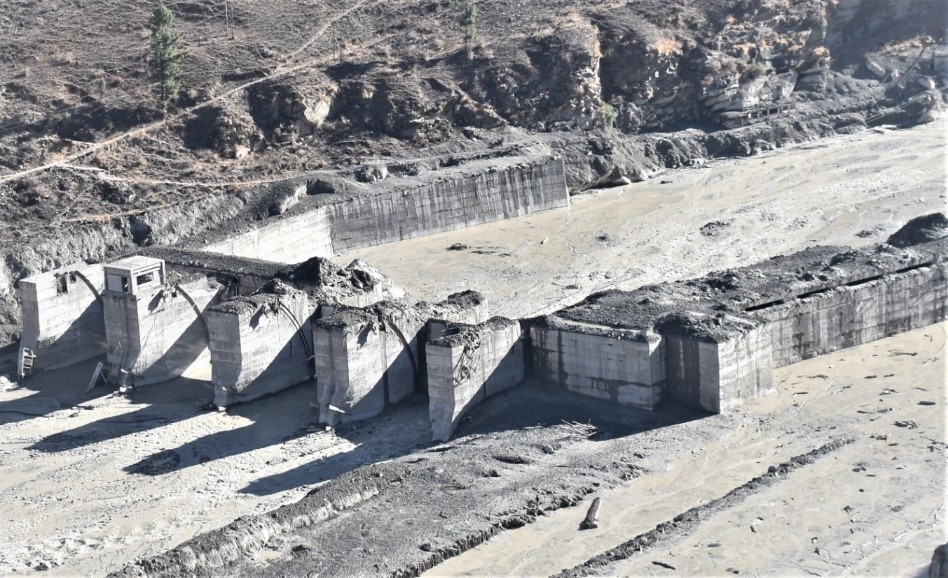2021 Chamoli, India Avalanche
Event Date :
02-07-2021
Location :
Chamoli, India
Report Date :
02-13-2022
Event Category:
Landslide
Report Number:
GEER-074
DOI:
doi:10.18118/G6V95B
Event Latitude:
30.376403
Event Longitude:
79.716422
Team:
| Prashanth Vangla (IIT Delhi) |
| Dipali Jindal (IIT Delhi) |
| Avinash Sajwan (IIT Delhi) |
| Rituraj Devrani (IIT Delhi) |
Collaborators:
J. David Frost (Georgia Institute of Technology), G.V. Ramana (IIT Delhi)
Contributors:
Alejandro Martinez (University of California Davis), Biruk Gissila (IIT Delhi), C. T. Dhanya (IIT Delhi), Elliot Nichols (Georgia Institute of Technology), G. Madhavi Latha (IISc), G.L.Sivakumar Babu (IISc), G. S. P, Madabhushi (University of Cambridge), K. S. Rao (IIT Delhi), R. Ayothiraman (IIT Delhi), Sri Harsha Kota (IIT Delhi)
Summary:
This report documents the field observations made by the reconnaissance team during the site visit undertaken from February 9th through 11th, 2021, in the flash flood location in Chamoli District, Uttarakhand, India. The extreme event of the flash flood unfolded on 7th Feb 2021 and inundated the banks of the Rishiganga and Dhauliganga rivers with debris flow. The extreme event caused massive destruction to hydropower projects (Rishiganga HEP and Tapovan Vishnugad HEP), bridges, roads, houses, and out of total 204 missing persons, 76 people were reported dead as per the published document by Disaster Management Division, Ministry of Home Affairs (https://reliefweb.int/sites/reliefweb.int/files/resources/SitRep23032021.pdf) Initially, it is speculated that a glacial lake outburst flood (GLOF) might have been the cause of the flash floods. However, subsequent analysis satellite images revealed that that a rock-ice avalanche caused debris flow and flash flood (Martha et al., 2021). This report doesn’t present and discuss the causative factors of the disaster but focuses on collecting perishable data and damage assessment based on a drone-based reconnaissance study (Zweglinski 2020). The planning and implementation of the recce study was by the IIT Delhi Team. The site visit is undertaken from February 9th through February 11th, 2021, two day after the event, as summarized in subsequent chapters.
File Upload :
| File Title | File Version | File Date | File Type |
|---|---|---|---|
| Full Report | 1 | 02-13-2022 |
PDF
|
The work of the GEER Association, in general, is based upon work supported in part by the National Science Foundation through the Geotechnical Engineering Program under Grant No. CMMI-1266418. Any opinions, findings, and conclusions or recommendations expressed in this material are those of the authors and do not necessarily reflect the views of the NSF. The GEER Association is made possible by the vision and support of the NSF Geotechnical Engineering Program Directors: Dr. Richard Fragaszy and the late Dr. Cliff Astill. GEER members also donate their time, talent, and resources to collect time-sensitive field observations of the effects of extreme events.











